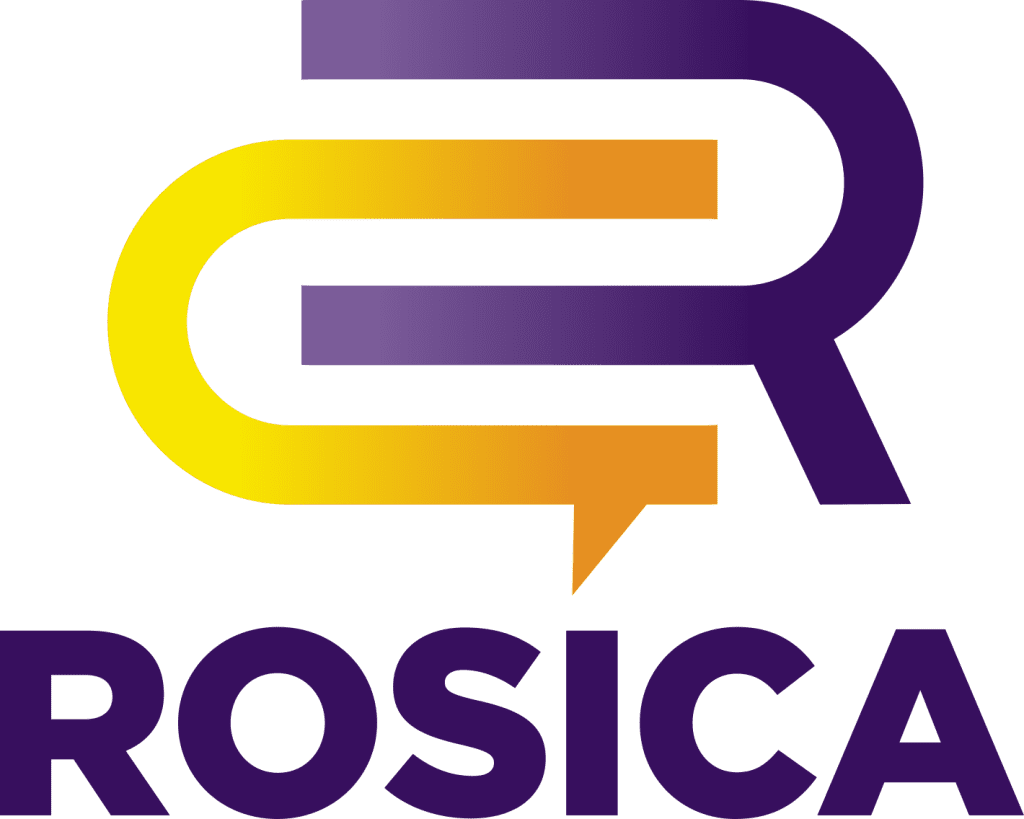Having a solid background and knowledge of public relations and marketing is crucial for any nonprofit to succeed. Today’s highly competitive and demanding not-for-profit environment requires that 501(c)(3)s, foundations, and nonprofit associations evolve, innovate, and strategically communicate. As a charitable organization, you need to know how to tell your story and highlight your differentiators, ensuring the mission resonates emotionally with key stakeholders’ concerns, passions, and interests. What’s more, the message must be digestible and not require an in-depth explanation.
Here are six essentials that should be incorporated into a non-profit’s integrated marketing communications plan:
1. Refine Your Positioning & Messaging
Positioning & Messaging lays the groundwork for internal and external communications. It enables foundations and nonprofits to stand apart and differentiate their missions. After conducting stakeholder interviews and competitive research, create key messages tailored for each target audience, making sure to clearly identify and articulate your:
- Nonprofit’s singular, overarching brand message (your “Why”)
- Key differentiators
- Authentic story (creating a one-of-a-kind narrative is imperative)
- Reasons to believe (including proof points, human-interest stories, and data or third-party validation)
- Calls to action
After establishing your positioning and key messages, it is essential to identify smart communications channels (vis-à-vis a marketing, PR, and communications plan) to effectively deliver them to stakeholders.
2. Build Thought Leadership
Thought leadership is not about just being known, it’s about being known for something. Thought leaders are people or organizations that are recognized as authorities in their fields. These experts in the nonprofit space attract the best corporate partners, board members, staff, and volunteers. The tactics to utilize for developing thought leadership can include:
- Media Relations (earned media)
- Content Development & Marketing (white papers, op-eds, articles, social)
- Data (research, community impact studies, surveys)
- Key Opinion Leader Development (speaker training, coaching)
- Speaker’s Bureau (virtual or in-person speaking engagements)
- Social Media & Influencer Marketing
- Events (fundraising and friend-raising)
3. Storytelling Through Earned & Social Media
PR can be a powerful avenue for promoting philanthropic organizations. Every nonprofit or foundation has a story to tell and can leverage topical or timely news, community impact (including real stories and surveys/ data), human-interest stories, personnel news, partnerships, awards, published articles, and events.
These activities are cost-effective and highly credible when compared with nonprofit brochures and marketing materials. An important part of this process is to media train the organization’s spokesperson/s so that they tell a compelling story and convey the organization’s Positioning & Messaging.
Media coverage should be repurposed and utilized to influence stakeholders by sharing it via the organization’s social media channels, direct mail, resource development communiques, e-newsletters, and email marketing campaigns. After securing earned media coverage, you will also want to promote these thought leadership pieces through search engine optimization (SEO), which can get them to rank highly in search results for your organization’s name.
4. Generate & Nurture Leads
As indicated, earned media coverage is quality content. When consistently sharing these third-party endorsements, a nonprofit can educate stakeholders, change perception, and achieve its friend- and fundraising goals. And while content is created through PR (media placements, news releases, etc.), smart nonprofits also develop such materials as white papers, tips, trend articles, infographics, and videos.
Reaching stakeholders through email and direct marketing should be planned and executed regularly, while avoiding overkill. Here are some tips:
- Grow your database by leveraging the social networks, friends, and colleagues of your nonprofit’s board, corporate partners, and staff. Once your database is sizeable, update or “scrub” it for accuracy.
- Customize content for social, email marketing, and direct mail campaigns; infuse relevant, timely, and resonant calls to action.
- Stay top of mind but do not inundate your database with communiques.
- Measure your content’s and social media’s impact through marketing automation software, surveys, search volume for your name, the growth of your following, and engagement numbers.
5. Take Advantage of Online Advertising Grants
Online advertising grants are low hanging fruit for most nonprofits but need to be effectively managed to maintain and grow them. With experienced oversight, you can secure up to $10,000 per month in free Google Pay Per Click (PPC) advertising. To remain eligible, certain criteria must be met, which an experienced online marketer can help ensure. To obtain grants initially, you must match the advertising to the organization’s services, currently hold valid charity status, and have one primary domain with pages that are not primarily comprised of links to other websites. Keep in mind that the better the ads are, the better the program will perform – and the more advertising you will receive at no cost.
6. Create Video Content To Heighten Engagement
Today’s nonprofit landscape is cluttered with organizations vying for attention and much-needed dollars. This makes it extremely difficult to capture and hold people’s attention. As an entertainment-based society, we are no longer a reading culture, rather a viewing audience. Video content is visual, versatile, engaging, and entertaining, so it’s ideal for reaching stakeholders. Nonprofit storytelling through video development and marketing can include testimonials, authentic and emotional human-interest stories, virtual or in-person events, milestones, anniversaries, and special projects/initiatives. All of this rich content can be communicated through social media, internal communications, fundraising communiques, email marketing, and your website.
Your organization can stand apart and build brand recognition through these proven nonprofit PR and marketing communications strategies. To learn more about advancing your mission with smart marketing communications, contact Chris Rosica at PR@rosica.com or call (201) 843-5600 x 202.

